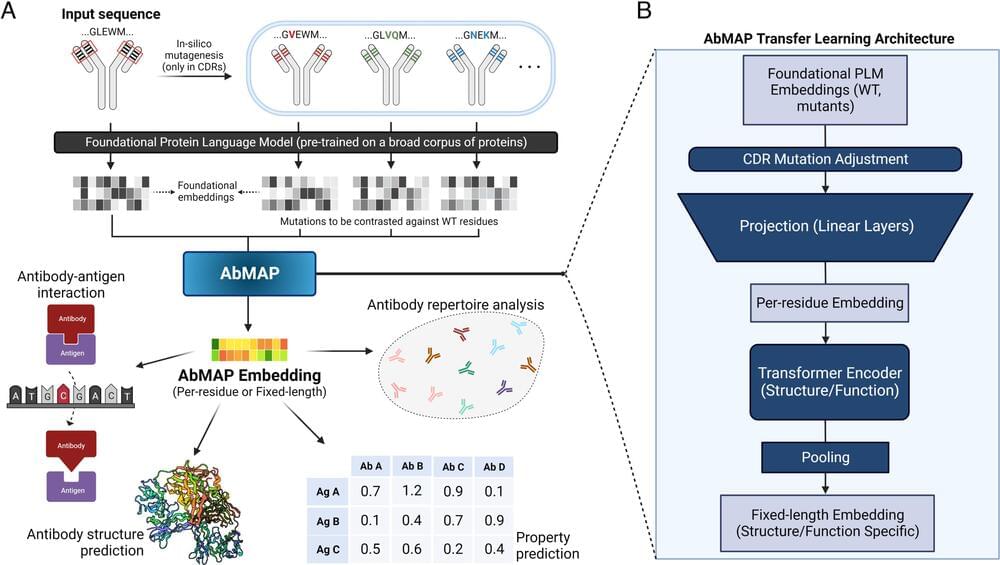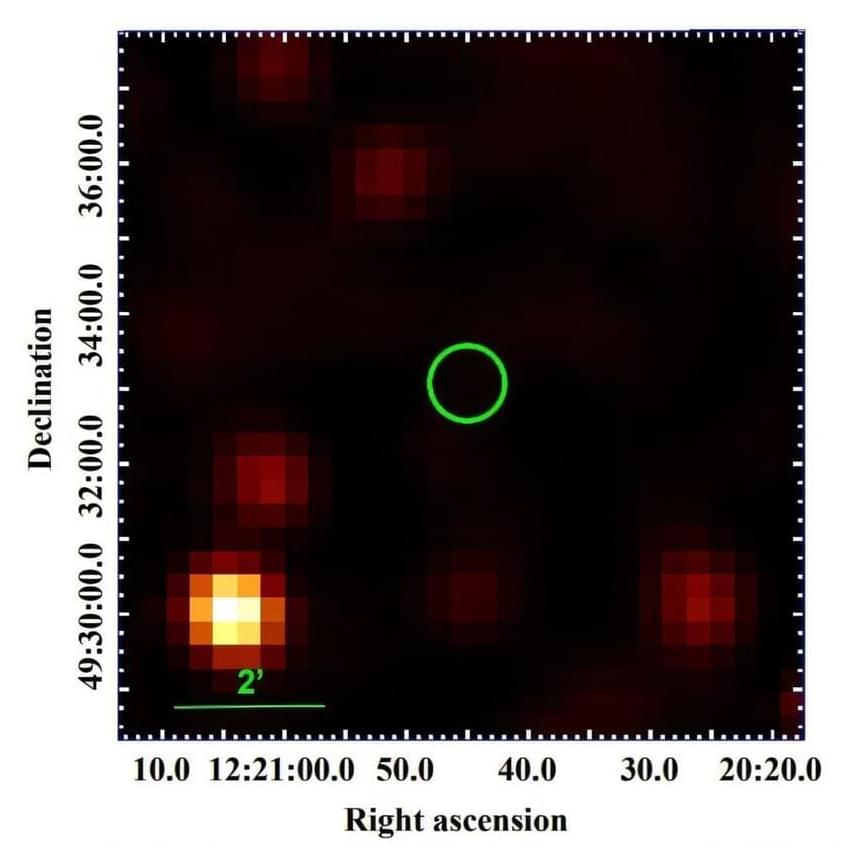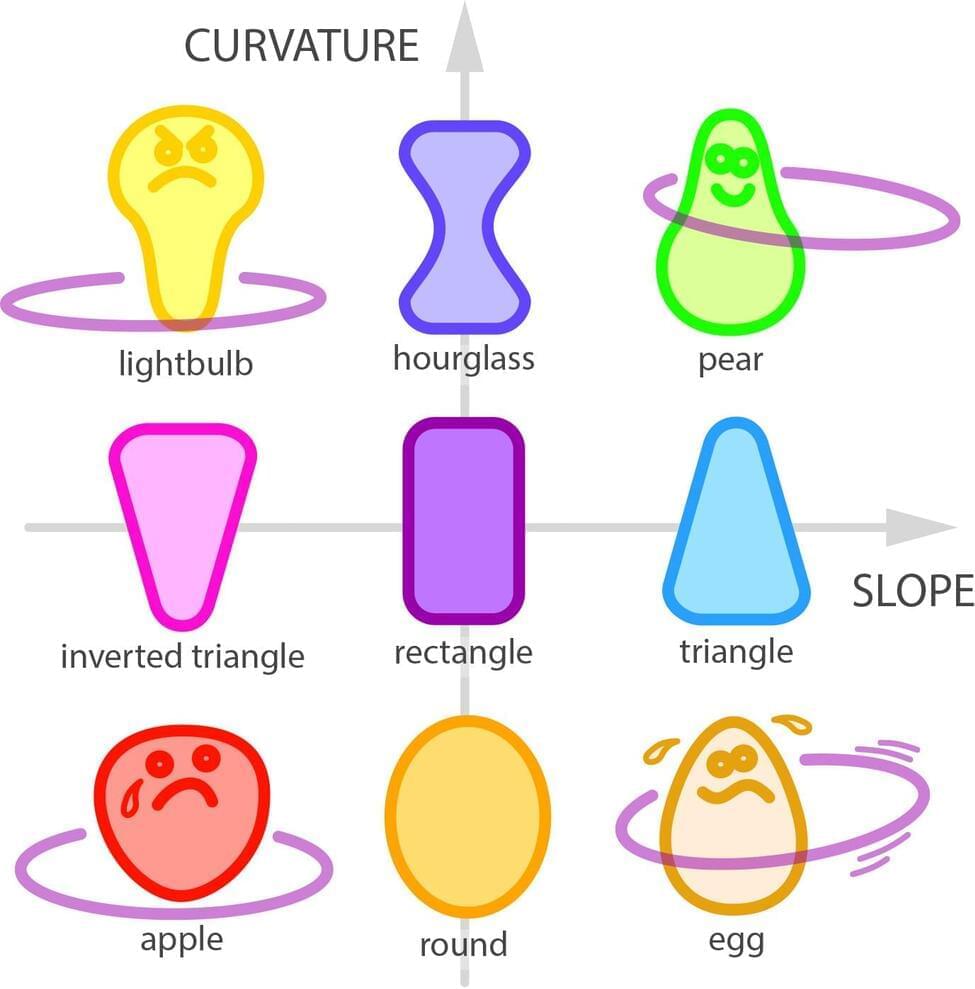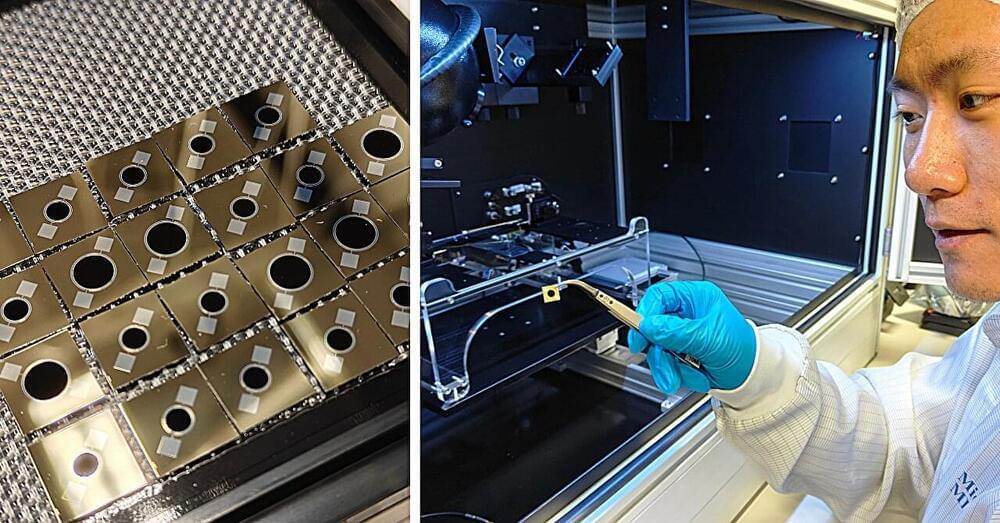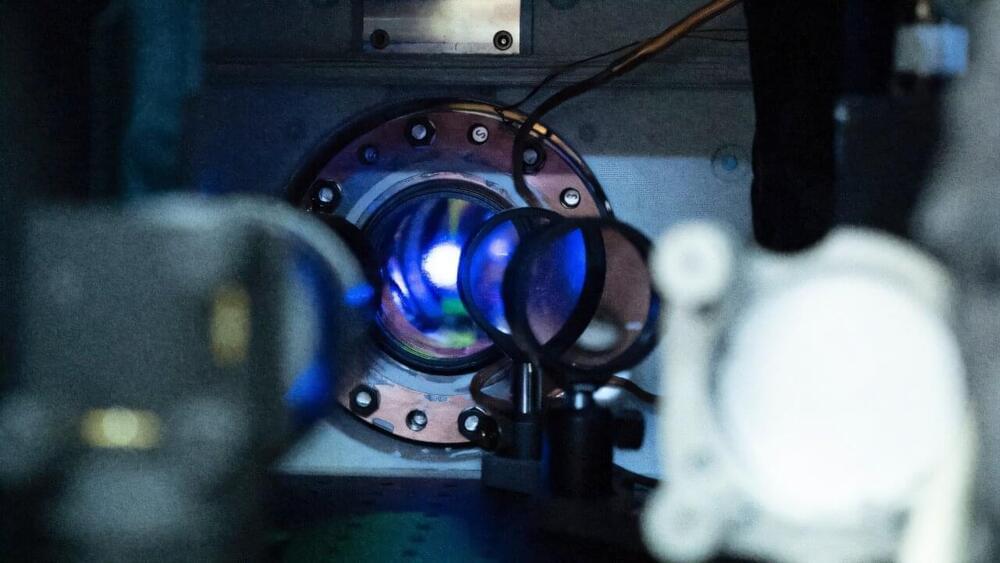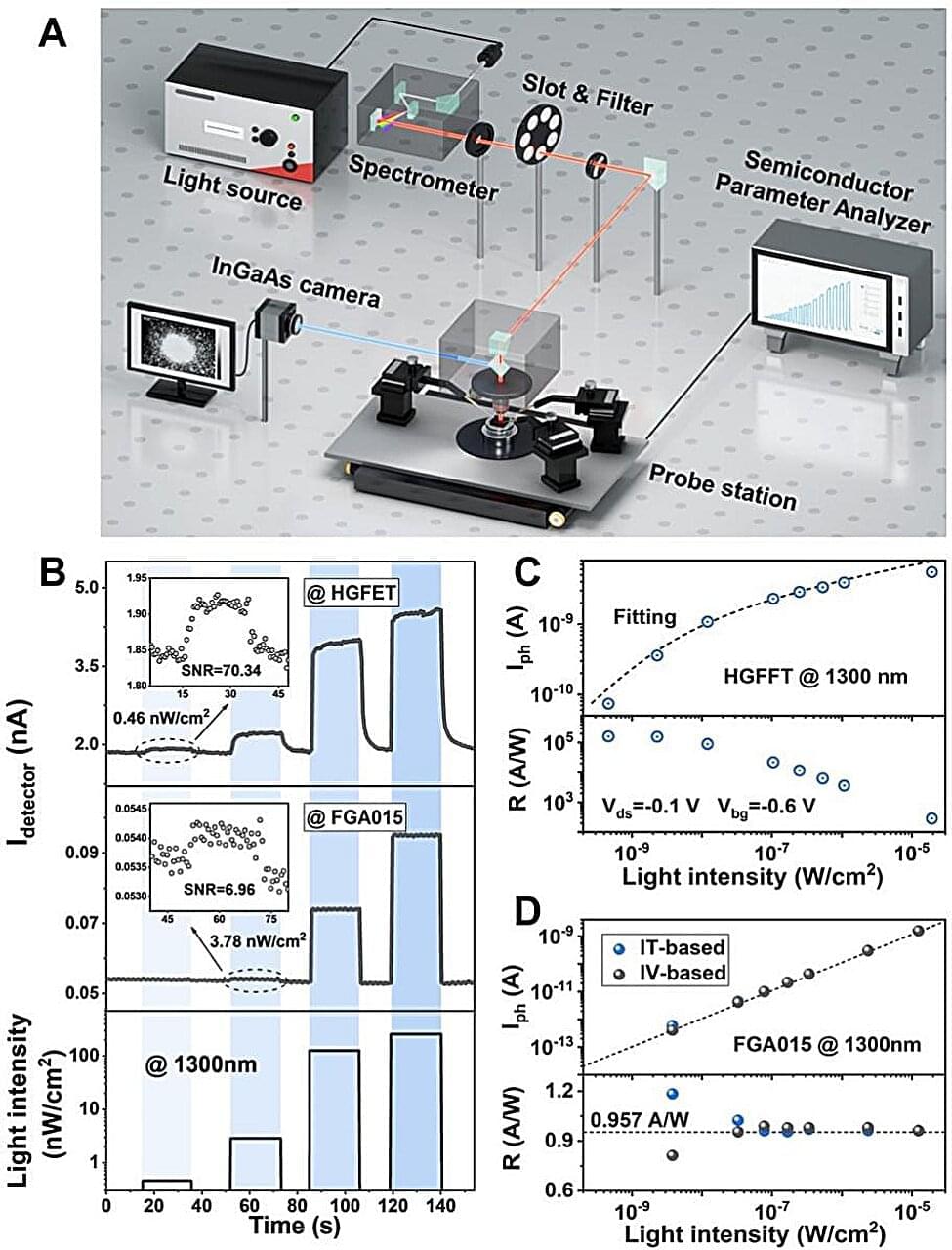To overcome that limitation, MIT researchers have developed a computational technique that allows large language models to predict antibody structures more accurately. Their work could enable researchers to sift through millions of possible antibodies to identify those that could be used to treat SARS-CoV-2 and other infectious diseases.
The findings are published in the journal Proceedings of the National Academy of Sciences.
